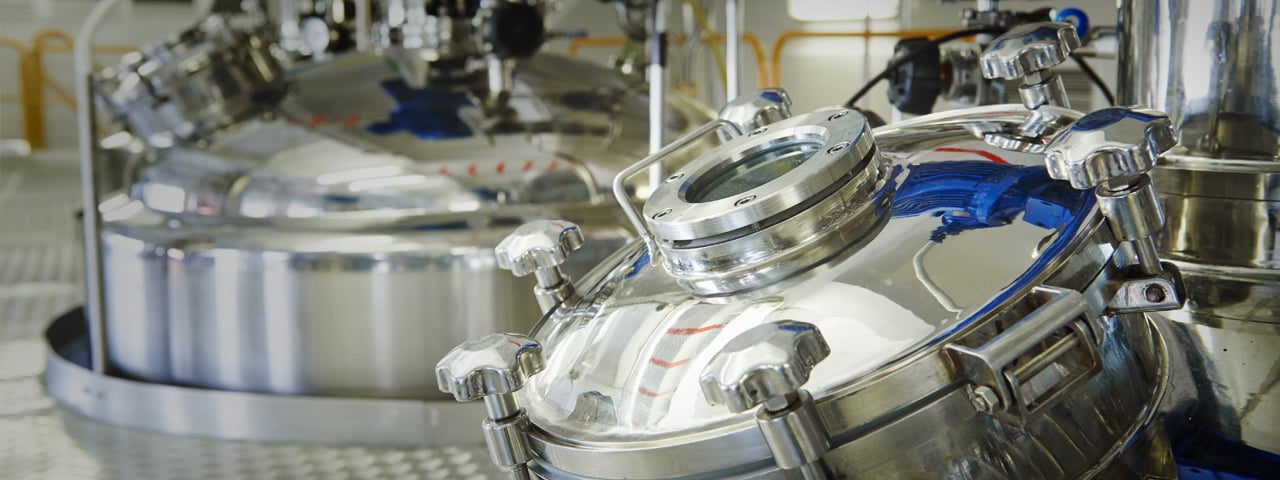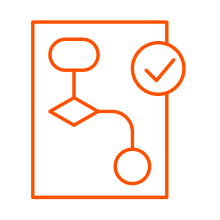Why closed transfer matters
Dry-break couplings automatically seal when disconnected, preventing leaks and minimizing residual loss. This technology not only protects product integrity but also enhances safety and efficiency during transfer.
Documentation you can expect
With each delivery, customers receive comprehensive batch records covering line clearance, repacking, and traceability. Certificates of Analysis aligned to pharmacopeial monographs are included where applicable. Transparent records for change control and deviations support audits and supplier qualification processes. Environmental monitoring and cleaning validation data can also be provided to further support quality and compliance needs.
A partner in excellence
By combining advanced facilities with meticulous processes, Caldic sets a benchmark in solvent repacking. Our focus on safety, flexibility, and reliability ensures that pharmaceutical companies can depend on solvents of the highest quality, enabling them to deliver safe, effective medicines worldwide.
If you would like to learn more about how our GMP cleanroom services can support your production, our team is here to help. Get in touch with our Benelux specialists through the contact form below, or download the one-pager for a concise overview of our capabilities. Together, we can ensure solvent purity and create a safer path to market for your medicines.







